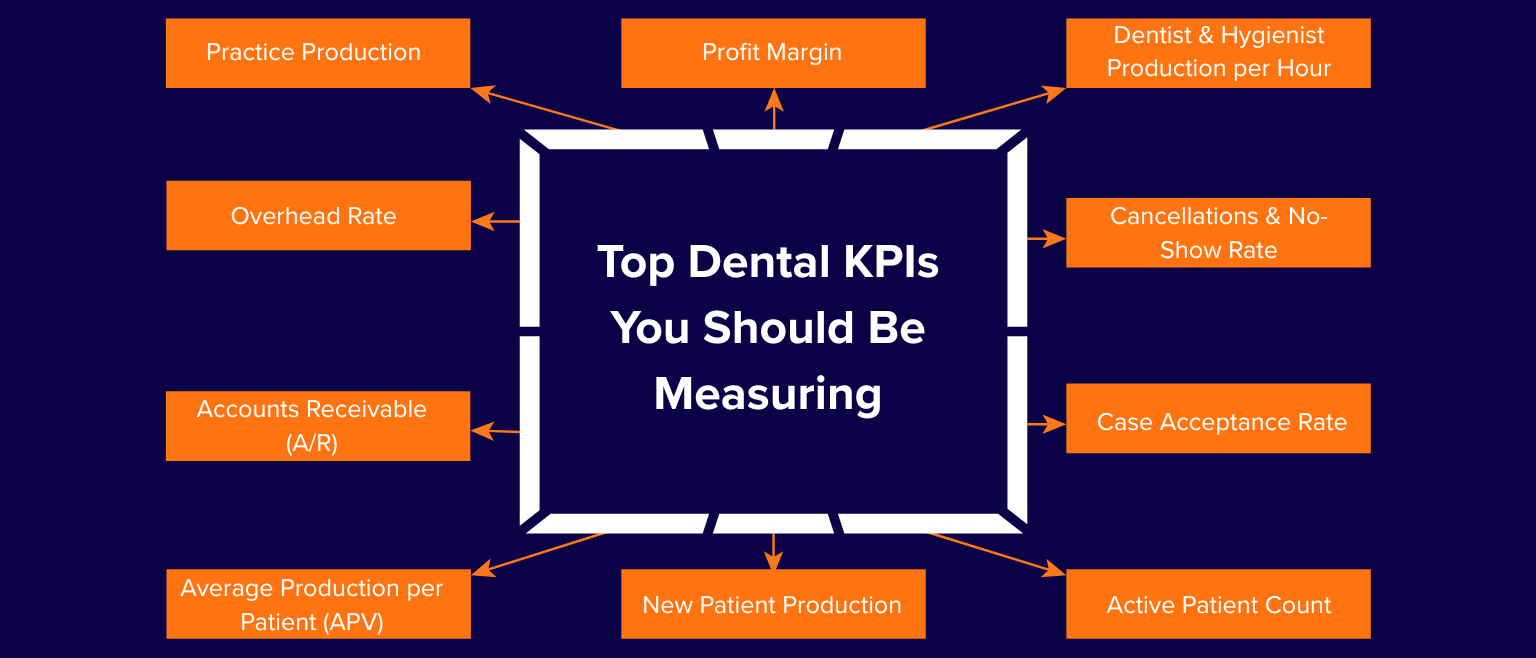
If your schedule is packed but profits are flat, it might be time to look beyond the calendar and into your clinic’s core performance metrics. In today’s fast-moving dental industry, success isn’t about how full your waiting room is—it’s about how smart your practice is running behind the scenes.
That’s where KPIs (Key Performance Indicators) come in. These numbers tell the real story of your clinic’s health, from how many patients are actually returning to how productive your team really is.
In this post, we’re breaking down 10 essential Dental Practice KPIs every clinic should be tracking to maximize growth, cut inefficiencies, and make smarter business decisions. Whether you’re just getting started or looking to scale, these are the metrics that separate good practices from great ones.
Want to Know How Your Practice Stacks Up?
Before diving into your KPI strategy, get a real-time snapshot of your current online review performance.
✅ See how your average review score compares to others in your market
✅ Understand your review volume and patient engagement
✅ Receive a personalized scorecard in your inbox within minutes
Understanding and Leveraging Dental Practice KPIs for Long-Term Growth
If you’re running a dental clinic without tracking your numbers, you might be flying blind. Your practice might be bustling with appointments, yet profits feel stagnant. Or maybe the clinic down the street is expanding rapidly while you’re left wondering what you’re missing. The answer? Dental Key Performance Indicators (KPIs).
Tracking the right KPIs doesn’t just give you insight—it gives you power. Power to grow. Power to optimize. Power to outperform.
Let’s dive into what KPIs actually are—and more importantly, which 10 you should be laser-focused on.
What Are Key Performance Indicators?
KPIs are quantifiable metrics that reflect how effectively your practice is meeting its goals. They take the guesswork out of decision-making and help identify areas that are excelling or need attention—whether that’s patient retention, financial health, or operational efficiency.
Why Are KPIs Important for Dental Clinics?
In a competitive dental market, KPIs let you:
- Identify inefficiencies before they snowball
- Improve the patient journey and increase loyalty
- Guide staff performance and incentives
- Evalute marketing ROI
- Stay profitable without working longer hours
Ultimately, KPIs transform reactive practices into proactive ones.

Top Dental KPIs You Should Be Measuring
1. Practice Production
Your total production—how much dentistry is being delivered—is a foundational KPI. It gives you a high-level view of how your clinic is performing daily, weekly, or monthly. More importantly, it allows you to break down performance by provider, service type, or department.
High production but low collections? That’s a red flag. Low production? Time to look at scheduling, case acceptance, or provider performance.
2. Overhead Rate
Dental practices notoriously operate on thin margins due to high overhead. Rent, payroll, supplies, lab fees—they all add up. Industry averages hover around 60–75% overhead, but top-performing practices aim for under 60%.
Tracking overhead helps you:
- Cut unnecessary costs
- Make smarter hiring decisions
- Protect your profit margins
3. Accounts Receivable (A/R)
You can’t run a profitable practice if money isn’t coming in on time. If your A/R is consistently over 30 or 60 days, it’s a cash flow killer.
A healthy benchmark: At least 95% of production should be collected within 30 days. Anything slower and you’re essentially lending money interest-free.
Modern billing software with pre-authorization and claim scrubbing can help streamline this.
4. Average Production per Patient (APV)
This measures how much each patient is worth to your practice per year. If your APV is low, you may be underdiagnosing, under-presenting treatment plans, or not utilizing hygienists efficiently.
Your goal? Increase value per visit, not just volume. It’s more sustainable and scalable.
5. New Patient Production
New patients are your growth engine. They’re often in need of more extensive care than existing patients, meaning their average production is usually higher.
This KPI tells you:
- How effective is your marketing?
- If new patients are completing comprehensive exams
- Whether new patient onboarding processes are converting well
6. Active Patient Count
This metric shows how many patients are engaged with your practice—typically defined as those who’ve had a visit in the last 12–18 months.
A shrinking active patient count could signal poor follow-up, bad scheduling habits, or patient dissatisfaction.
This KPI often correlates with long-term sustainability.
7. Case Acceptance Rate
You can present all the treatment plans in the world, but if patients aren’t saying “yes,” you’re losing revenue and missing chances to improve their health.
Aim for:
- 85% acceptance from existing patients
- 60%+ from new patients
If you’re below that, revisit how you’re communicating the value of treatment or consider using tools like visual aids, patient education software, or third-party financing.
8. Cancellations & No-Show Rate
This metric often goes unchecked but has a massive impact on productivity. Every missed appointment means unused chair time and lost revenue.
Aim for <10% of appointments affected by no-shows or last-minute cancellations.
Reducing this KPI often involves:
- Stronger reminder systems (text/email)
- Clear cancellation policies
- Offering online scheduling and waitlists
9. Dentist & Hygienist Production per Hour
Measure how much revenue each provider is generating per hour. It’s a direct reflection of how well your team uses time and resources.
Average benchmarks:
- Dentist: $400–$500/hour
- Hygienist: $125–$150/hour
Low numbers might indicate inefficient workflows, poor scheduling, or overbooking low-value procedures.
10. Profit Margin
Production is great, but profit is king. Once you subtract your overhead from collections, what’s left is true net income.
Tracking this KPI gives you clarity on whether you’re pricing services properly, managing expenses, and scaling in the right areas.
A healthy net profit margin for dental practices? 20%–25% is a strong target.

Use AI to Simplify Your Review Management
Responding promptly and consistently to reviews helps build credibility and connection with both existing and potential patients. Whether you’re receiving 30 or 80 reviews a month, set aside just 30–50 minutes daily to keep up—and aim for at least 75–80% response coverage for higher volumes.
Want to make this easier?
Tools like My Review Concierge use AI to automate responses, aggregate reviews across platforms, and maintain a professional tone, so you can stay on top of feedback without burning out.
📹 Watch This Quick Video:
My Review Concierge: A Game-Changing Software for Review Management
In today’s digital-first world, your online reputation is its own KPI. If you’re not actively managing reviews, you may be losing patients to competitors.
My Review Concierge is a smart solution that automates patient feedback collection and boosts your ratings across platforms like Google and Yelp. It seamlessly integrates with your PMS, filters out negative feedback, and helps you turn happy patients into powerful advocates.
Online reviews not only build trust but also fuel your SEO, bringing more high-quality leads through the door.
Interpreting What Your Dental KPIs Mean for Your Business
A dip in your hygiene production might reveal poor recall systems. A rising A/R balance could point to ineffective billing processes. A declining new patient count might flag weak marketing.
In short, KPIs are your early warning system. They help you act before problems spiral.
What Features Should Your Dental Practice Analytics Software Offer?
To track and make sense of your KPIs, you need more than spreadsheets. Your analytics software should include:
- Real-time dashboards
- Customizable reports
- Seamless PMS integration
- Alerts for trends and anomalies
- Training and support for your team
When chosen well, your software becomes a strategic partner, not just a reporting tool.
Make KPIs the Backbone of Your Dental Practice Growth
Running a successful dental practice today takes more than just clinical expertise—it requires smart, data-driven decision-making. By consistently tracking these 10 essential KPIs, you’re not only gaining insight into the health of your operations, but you’re also uncovering opportunities to grow, improve, and future-proof your practice.
Whether it’s increasing case acceptance, reducing overhead, or boosting team productivity, each KPI plays a vital role in driving sustainable success. And with the right tools—like My Review Concierge—you can automate much of the heavy lifting and focus more on what matters most: your patients and your practice.
Start small if you need to, but start now. Because when you manage what you measure, growth isn’t just possible—it’s inevitable.




